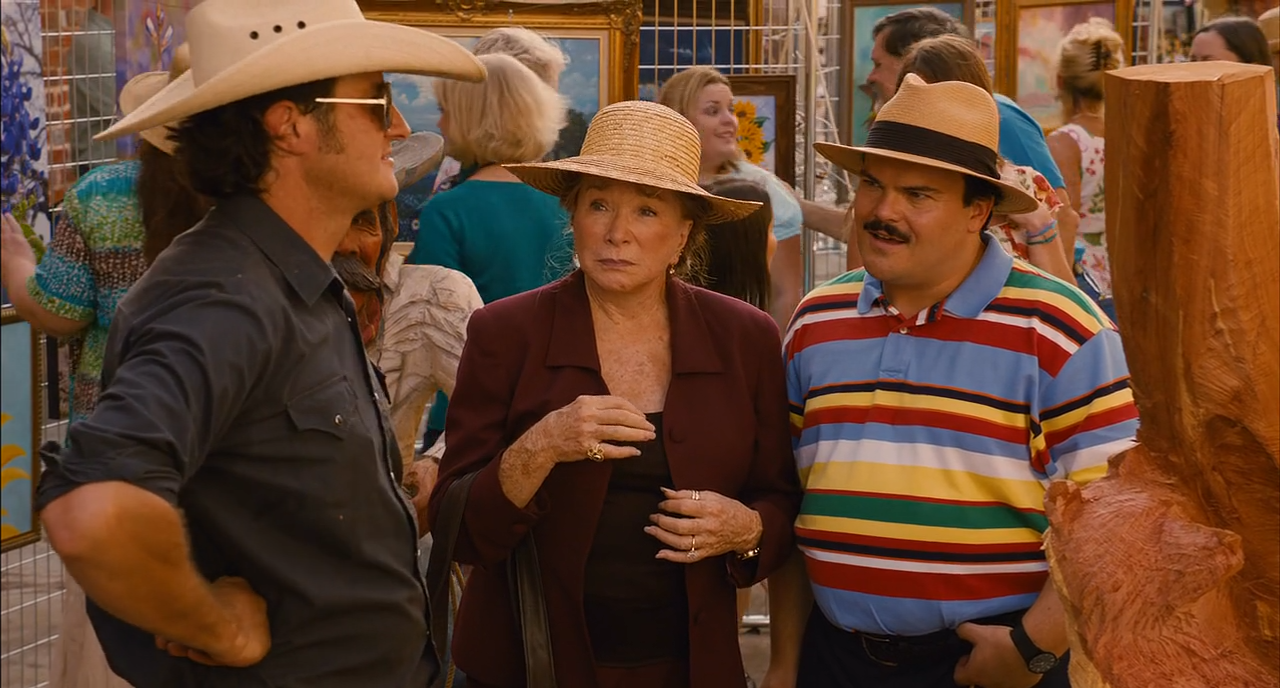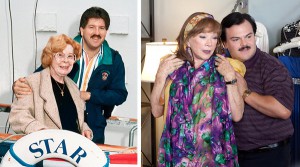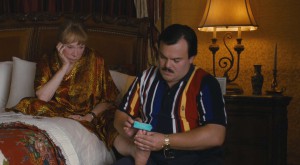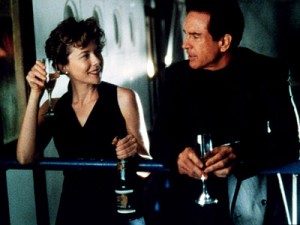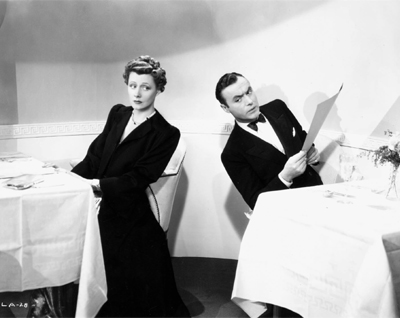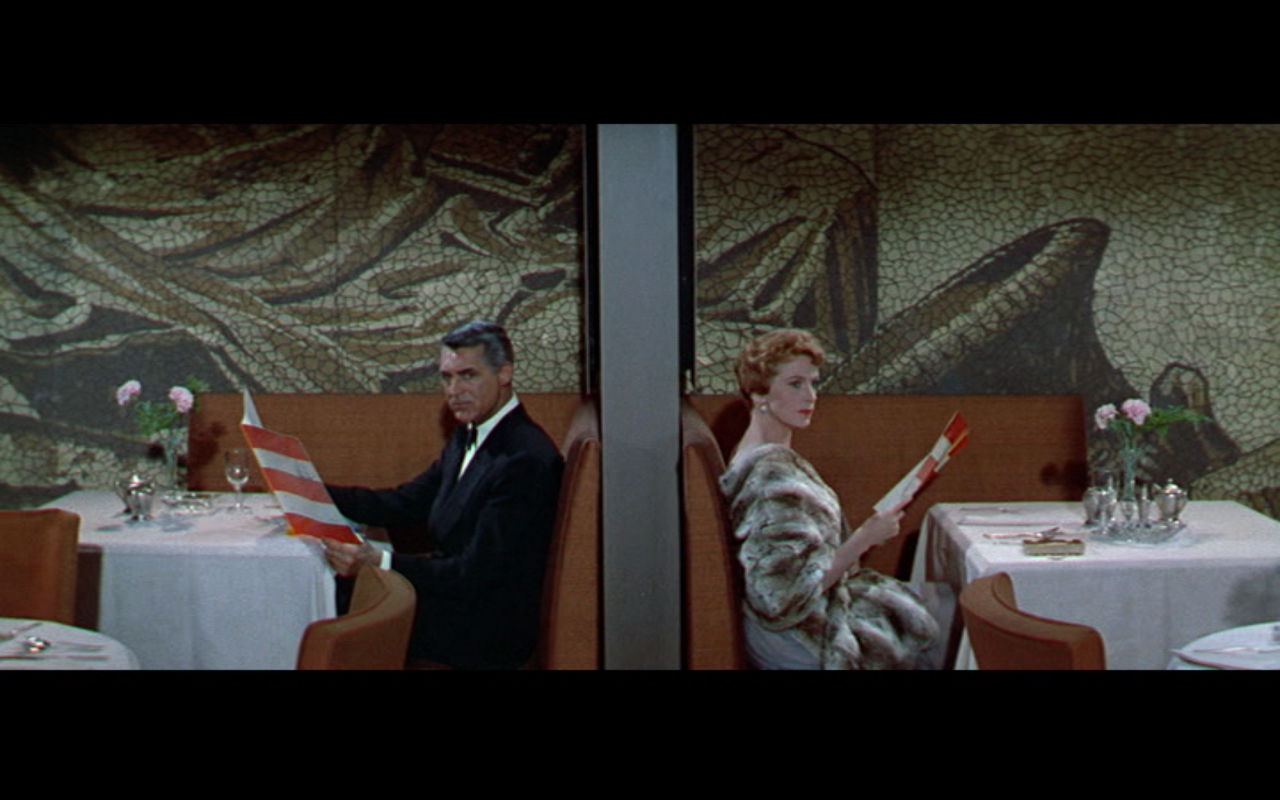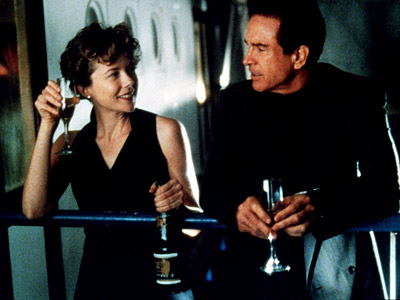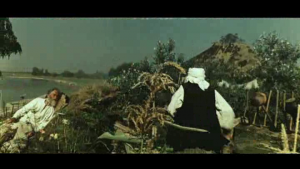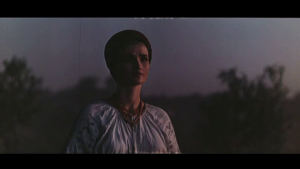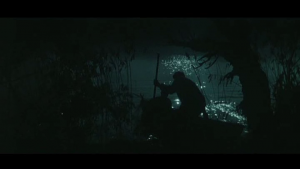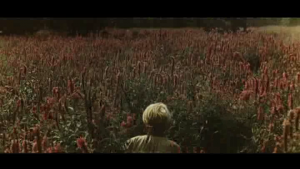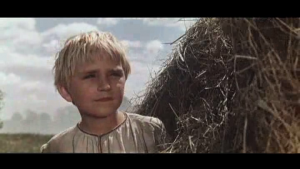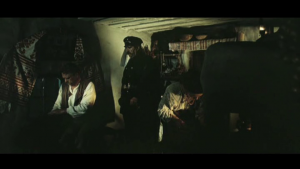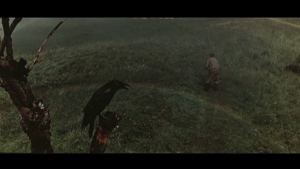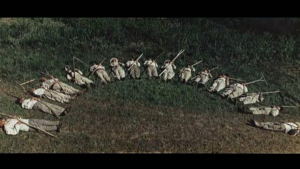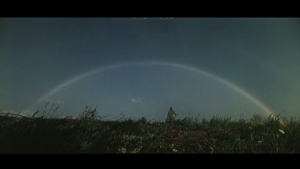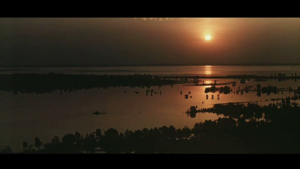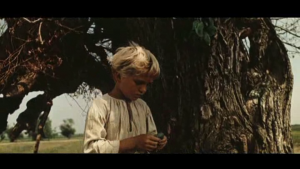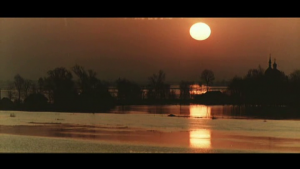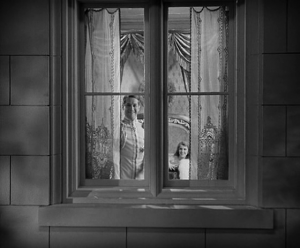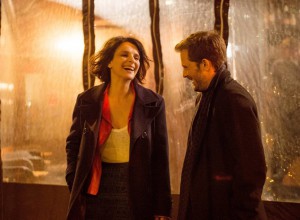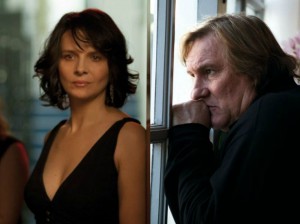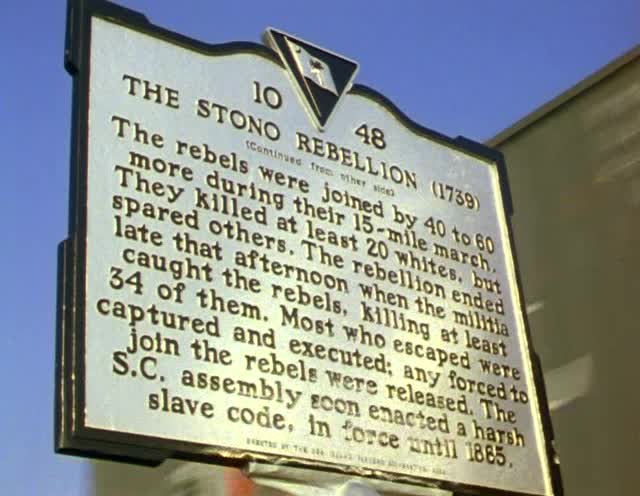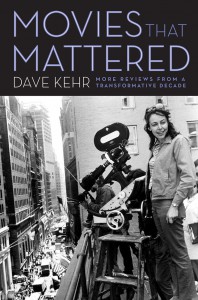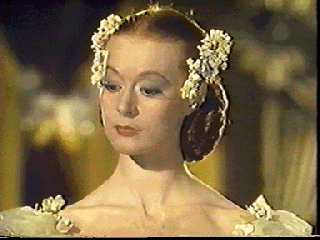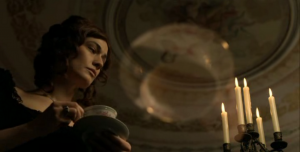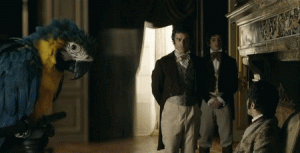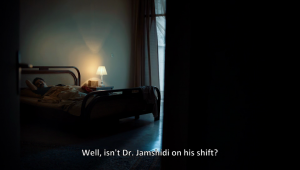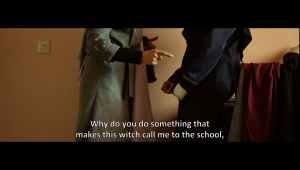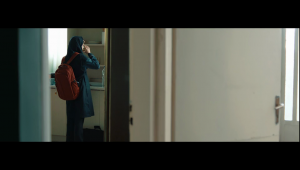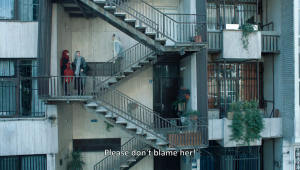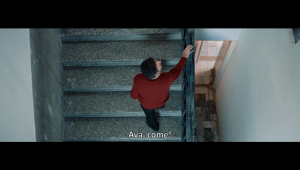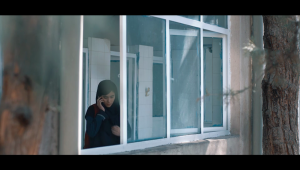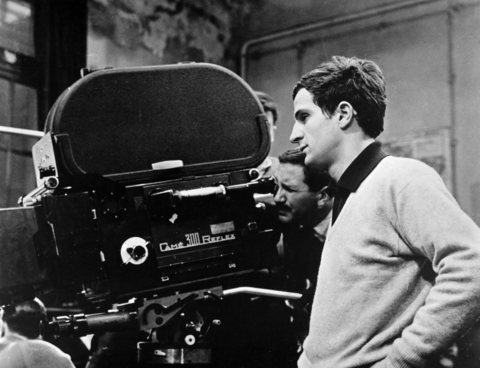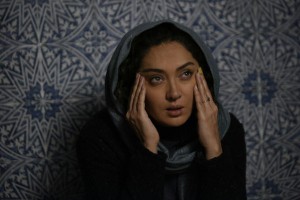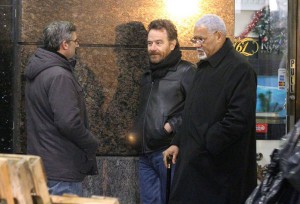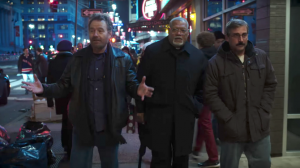Commissioned by a Spanish-language retrospective catalogue devoted to Richard Linklater. — J.R.
A prefatory caveat
My favorite Richard Linklater feature, Bernie (2011), is many different things at once, some of which are in potential conflict with one another. How we ultimately judge it depends on either reconciling or suspending our separate verdicts on how we judge it as fiction (and art) and/or how we judge it as fact (and justice). Because I’ve chosen to suspend my judgment on how we can judge the film as fact, for reasons that will be dealt with below, I can enjoy the luxury of celebrating the film as fiction and as art at the same time that I would maintain that it opens up factual questions about truth and justice that it can’t pretend to resolve in any definitive manner.
1. Background
The film was inspired by a lengthy article, “Midnight in the Garden of East Texas” by Skip Hollandsworth, that appeared in the January 1998 issue of Texas Monthly, about the confessed murder of Mrs. Marjorie Nugent, an 81-year-old widow and the wealthiest woman in town, by 39-year-old Bernie Tiede, a former assistant funeral director in the same town (Carthage, with a population of 6,500) who had become her paid companion and the sole inheritor of her considerable fortune. Read more

